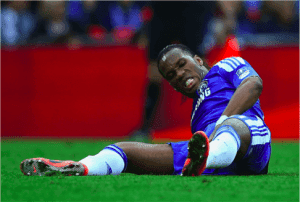
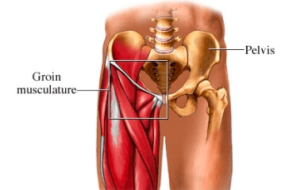
WHAT ARE LOAD-RELATED INJURIES?
You can think of load as the amount of force or demand that the anatomical structure experiences (bones, muscles, tendons etc.). Whereas, tissue capacity refers to the amount of force that those anatomical structures can currently tolerate.
Load-related injuries occur when the workload significantly exceeds current tissue capacity, resulting in an overload of that structure that can cause pain and impaired performance. Our bodies have an amazing ability to adapt to the workload we subject them to, however if done incorrectly injury can occur.
WHY THE GROIN?
According to the “Doha agreement meeting on terminology and definitions in groin pain in athletes (2015)”, groin injuries account for 4-19% of all football club injuries. In field sports like soccer and hockey, the groin is subjected to extremely high demands through rapid acceleration/deceleration, frequent changes of direction and repetitive motions such as kicking. Consequently, weakness or dysfunction of the muscle groups in and around the groin can result in pain.
Other risk factors for groin pain have been identified as previous groin injury, higher level of play and lower levels of sport-specific training (Weir et al, 2015).
WHY IS THE OFF-SEASON SO IMPORTANT?
The goal of off-season training is to target and improve specific weaknesses or intolerances through progressive overload. Small, systematic increases in load, which are slightly greater than the current tolerance will stimulate positive adaptation by building strength, provided that we allow adequate rest.
Implementing a progressive strengthening program for the adductor muscle group has been shown to reduce groin injury prevalence by 41% (Haroy et al, 2019). By performing this in the off-season, we’re able to allow our tissue adequate recovery time while improving our ability to tolerate load during pre-season and return to competition.
WHERE CAN I START?
Here are some key progressive, evidence-based exercises that you can implement to strengthen your groin this off-season:
Ball squeezes (legs straight and bent) – 5 x 30s holds each
Ball squeeze with a crunch – 3 x 15 reps
Banded concentric/eccentric adduction – 3 x 15 reps
Adductor crab walks – 3 x 8 reps
Lunge with resisted adduction – 3 x 12 reps
Copenhagen Adduction progressions – build to 3 x 30s holds
Knees on bench (holds)
Ankle on bench (holds)
Ankle on bench (lowering + raising) – 3 x 10 reps
Ultimately, the off-season presents an opportunity to manipulate training load and build tissue capacity through progressive strengthening. If done effectively, you’ll have a greater likelihood of avoiding injury, achieving your performance goals and taking your game to the next level!
If you’ve suffered from groin pain, or would like some advice on how to prepare you for next season, contact our clinic on (07) 3399 3318 or email info@peakssc.com.au to book an appointment with one of our coaches!


WHAT ARE LOAD-RELATED INJURIES?
You can think of load as the amount of force or demand that the anatomical structure experiences (bones, muscles, tendons etc.). Whereas, tissue capacity refers to the amount of force that those anatomical structures can currently tolerate.
Load-related injuries occur when the workload significantly exceeds current tissue capacity, resulting in an overload of that structure that can cause pain and impaired performance. Our bodies have an amazing ability to adapt to the workload we subject them to, however if done incorrectly injury can occur.
WHY THE GROIN?
According to the “Doha agreement meeting on terminology and definitions in groin pain in athletes (2015)”, groin injuries account for 4-19% of all football club injuries. In field sports like soccer and hockey, the groin is subjected to extremely high demands through rapid acceleration/deceleration, frequent changes of direction and repetitive motions such as kicking. Consequently, weakness or dysfunction of the muscle groups in and around the groin can result in pain.
Other risk factors for groin pain have been identified as previous groin injury, higher level of play and lower levels of sport-specific training (Weir et al, 2015).
WHY IS THE OFF-SEASON SO IMPORTANT?
The goal of off-season training is to target and improve specific weaknesses or intolerances through progressive overload. Small, systematic increases in load, which are slightly greater than the current tolerance will stimulate positive adaptation by building strength, provided that we allow adequate rest.
Implementing a progressive strengthening program for the adductor muscle group has been shown to reduce groin injury prevalence by 41% (Haroy et al, 2019). By performing this in the off-season, we’re able to allow our tissue adequate recovery time while improving our ability to tolerate load during pre-season and return to competition.
WHERE CAN I START?
Here are some key progressive, evidence-based exercises that you can implement to strengthen your groin this off-season:
Ball squeezes (legs straight and bent) - 5 x 30s holds each Ball squeeze with a crunch - 3 x 15 reps Banded concentric/eccentric adduction - 3 x 15 reps Adductor crab walks - 3 x 8 reps Lunge with resisted adduction - 3 x 12 reps Copenhagen Adduction progressions - build to 3 x 30s holds Knees on bench (holds) Ankle on bench (holds) Ankle on bench (lowering + raising) - 3 x 10 reps
Ultimately, the off-season presents an opportunity to manipulate training load and build tissue capacity through progressive strengthening. If done effectively, you’ll have a greater likelihood of avoiding injury, achieving your performance goals and taking your game to the next level!
If you’ve suffered from groin pain, or would like some advice on how to prepare you for next season, contact our clinic on (07) 3399 3318 or email info@peakssc.com.au to book an appointment with one of our coaches!
Let's get started — How can we help?
Physiotherapy
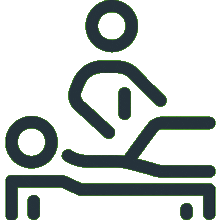
Chiropractic
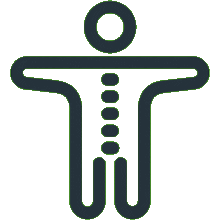
Podiatry
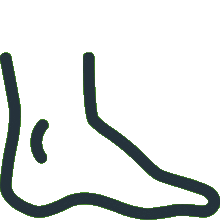
Massage Therapy
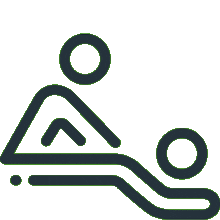
Women's Health Physiotherapy
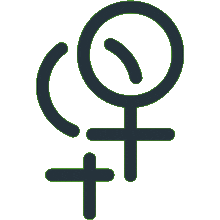
Running Program Tailored To Your Goals
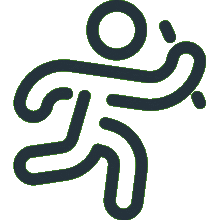
Joint Mobilisation
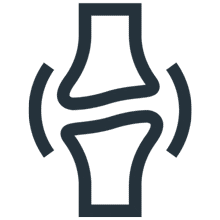
Active Release Technique
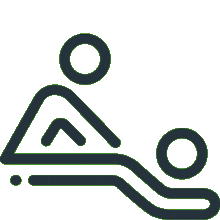
Exercise Prescription

Real Time Ultrasound Imaging
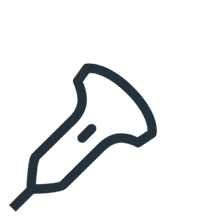
Spinal Manipulation
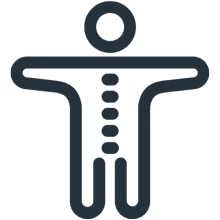
Functional Movement Screen
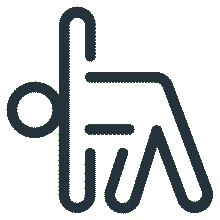
Knee Pain Treatment

Hamstring Strain Treatment
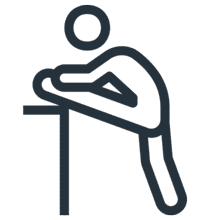
Hip Pain Treatment

Upper, Middle & Lower Back Pain

Neck Pain Treatment

Shoulder Pain & Rotator Cuff Tear

Can't find what you're after?
View all Services
Make an appointment
Or email the PEAK team at info@peakssc.com.au
Hawthorne
- Phone: (07) 3399 3318
- Fax: (07) 3319 6577
Address
5/171 Riding Road,Hawthorne, QLD, 4171 Get Directions
Opening Hours -
6 days per week
- Monday - Friday: 7:00 am - 8:00 pm
- Saturday: 7:00 am - 1:00 pm
To make a booking outside of business hours, please use our form by clicking here.
New Farm
- Phone: (07) 3399 4668
- Fax: (07) 3319 6577
Address
1/15 Lamington Street,New Farm, QLD, 4005 Get Directions
Opening Hours -
6 days per week
- Monday: 7:00 am - 8:00 pm
- Tuesday: 7:00 am - 8:00 pm
- Wednesday: 9:00 am - 8:00 pm
- Thursday: 10:00 am - 8:00 pm
- Friday: 7:00 am - 3:00 pm
- Saturday: 7:00 am - 3:00 pm
To make a booking outside of business hours, please use our form by clicking here.
